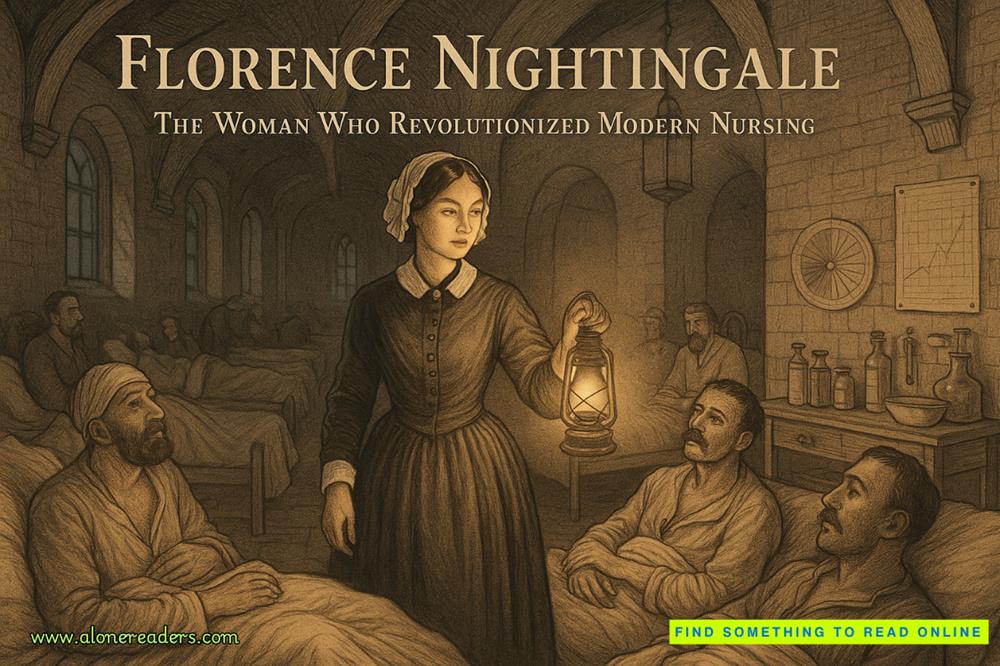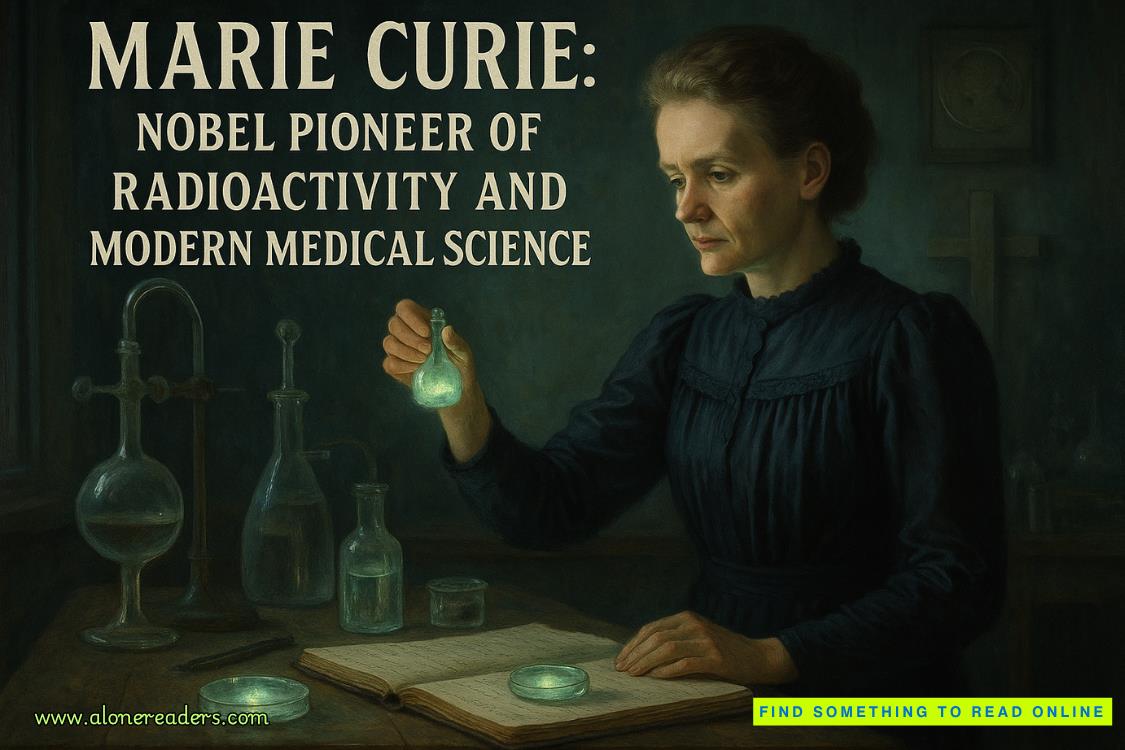Page 66 of Picture This
‘I want you to fulfil your destiny, to make something of yourself and this will make you great…’ Felix’s voice off screen sounded compelling yet sinister. ‘… this will make you part of the stellar constellation of artists out there, the giants who have made history.’
Susie watched, horrified and fascinated, as the girl climbed up on to the edge of the wall, the wind blowing her hair, the lights of the city cross-beams of tone behind her.
‘Don’t jump, don’t jump,’ Susie moaned out loud. The girl wavered, stretching out her arms – a crucifixion against the sky – and for a moment it looked as if she was going to fall. Unable to watch any more, Susie stopped the film and then scrolled further back along the rows of frozen stills of the stored footage. The image of Maxine’s face leapt out at her. Staring down, she touched the image; immediately the video began to play, the image pulling out to reveal Maxine and Felix, naked on the balcony, eating a meal, wearing the same hats Susie had worn with Felix all those weeks ago. Maxine was laughing and smiling, obviously besotted with Felix, who appeared to be attentive and charming, his gestures almost identical to the ones he’d used to seduce her.
*
Gabriel sat in the thin sliver of sunlight that fell between the buildings and through his window. It was comforting, basking in the warmth; it took him out of his thinking world, which was what he wanted. To just be in the pencil between his fingers, the tip pressed against the rough paper catching graphite in its fibres. He was thinking of how to sketch out the next Hopper; closing his eyes he conjured up the image of Maxine Doubleday in semi-profile, the tilt of her face, the blonde hair catching the light, the slender fragility of her wrists and arms, the sweep of her neck and breasts. He opened his eyes and realised he’d started drawing.
Chapter Twenty-Three
They made an odd couple, Latisha and Susie. Latisha was dressed in her best church clothes: purple dress suit, matching hat, her expensive gloves and her best shoes; while Susie, in a tailored Paul Smith suit, had her red hair piled dramatically atop her head, her Burberry shoulder bag slung over her shoulder. They’d already made an impression at the upmarket restaurant Susie had chosen, the two of them so different in appearance, accent and outlook that they had the waiters (after recognising Susie) and fellow diners alike trying to guess how the two women were connected.
Over lunch, Latisha found she liked the English artist; her directness and evident indifference to both her own success and wealth were endearing. But she was also strong and opinionated. Given Maxine’s brittle psychology, Latisha could see how there might have been less and less space for the sculptor to survive.
It was late closing at the Whitney and they had planned to arrive just before the place was due to close in the hope that by then many of the galleries would have emptied. By the time they got to the antechamber in which the Hopper painting was hanging there was only one loitering spectator: a young German tourist who seemed fascinated by the two paintings facing each other in the small space. The two women waited ten minutes, pretending they didn’t know each other while studying the paintings beside him; finally he left.
Susie checked her watch. ‘We have about 20 minutes. Stand by the door and cough loudly if you spot the guard.’
Latisha took her position by the door while Susie fished out a magnifying glass from her handbag and began to closely examine the surface of Girl in a Yellow Square of Light. Under the glass the brushstrokes appeared convincing; she’d seen other Hoppers and this seemed to have the same sweep of the hand and blending of the pigment. She guessed that the forger had studied Hopper assiduously and was, most likely, a fine painter himself.
‘It’s not going to be the brushwork,’ she told Latisha.
‘Just find something, something that isn’t of the era: that’s what Hector told me to search for,’ Latisha replied, listening out for footsteps. She could hear voices but they sounded as if they were two galleries away. Meticulously Susie scanned the painting, from the top left-hand corner of the canvas to the bottom; as she reached the far right-hand corner she noticed a group of four hairs from a paintbrush embedded in a blob of paint. She peered closer. The hairs appeared to be semi-translucent, as if they might be synthetic. Synthetic paintbrushes were not in existence when Hopper was painting, and anyway, she knew he always painted with the same type of sable brushes.
‘I think I have it.’
Outside the voices were drawing nearer.
‘Hurry, someone’s coming!’ Latisha urged.
Calmly Susie took her tweezers from her handbag and plucked three of the hairs out, carefully leaving one still embedded in the paint. She placed them in a matchbox, then, stepping away from the painting, put everything back into her handbag.
At that moment a guard entered the room. ‘Ladies, we’re closing in three minutes. Please make your way to the exit.’
Susie smiled at him and took Latisha’s arm to lead her out of the gallery.
*
Hector Ortega was taking his time. The scientist was a firm believer in not pre-empting results, through either rushing or simply a projection of hope. Such mishaps had led to his exile from Cuba, and he’d learnt from his mistakes. He adjusted the electronic microscope, which made a whirring sound as it extended and focused. On the viewing plate was a glass slide with two samples of paper side by side: one from the torn pages of the first edition Susie had found in Felix’s library, the other taken from the Jo Hopper letter she’d stolen from Felicity Kocak.
Susie sat anxiously at Hector’s worktable in the dimly lit basement laboratory, in front of a glass of the thick black coffee he had made for the two of them, wondering whether the Cuban had another scientific sideline or whether he confined himself to creating and debunking forgeries. Meanwhile Latisha, unable to deal with the pressure of waiting, was rubbing an old voodoo doll her grandmother had given her for good luck, over and over. Finally, Hector spoke.
‘The paper is from the same source. The weave is circa the late 1930s; I would wager it is from exactly the same publisher and the same batch. There are usually minute variations, but these two samples are identical. The letter was written on old paper from a first edition – a standard con, no brilliance there. If you could bring me the exact book this sheet is from, you’ll have him. What else have you got for me?’
Susie pushed the matchbox across the table. ‘This – a couple of brush hairs I pulled from the surface of the painting itself. They were embedded in the paint.’
‘Careless.’
‘Very, especially when they look like nylon to me.’
‘Nylon? Interesting – Mr Hopper certainly would not have used brushes with synthetic fibres.’ Hector opened the matchbox and carefully removed the hairs with a pair of tweezers, placed them between two glass slides, then put the sandwich under the microscope.
‘Susie… ’ Latisha reached across the top of the worktable and squeezed Susie’s hand. ‘We might have him.’
‘You do,’ Hector growled from behind his microscope. ‘They’re synthetic hairs, for sure. You did leave some still embedded in the painting for proof?’
‘Absolutely.’ Susie grinned.















